- Over 1 million successful rentals
Car Hire Zimbabwe
Save time and money. We compare the offers of car rental companies in Zimbabwe on your behalf.
- Free cancellation Up to 48 hours prior to the scheduled pick up time
- Best price guarantee Have you found a better price? Let us know and we will make you a better offer.
- 24000+ pick-up locations Locations around the world
Compare Car Hire
Carrentals.co.uk offers simple and straightforward car hire comparison services. We don't add a penny to your quotes!
Car rental offers in Zimbabwe
Whether you're looking for a small rental car or a station wagon for the entire family, we will always have a suitable vehicle for the lowest price. Below are some examples from our selection in Zimbabwe.
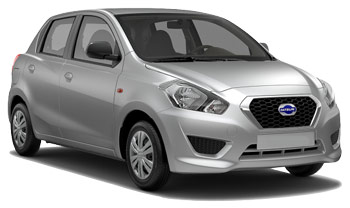
-
Budget From£ 38 /day
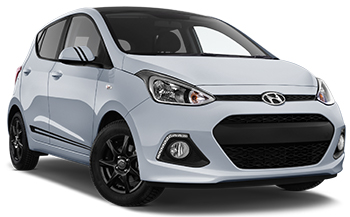
-
Europcar From£ 66 /day
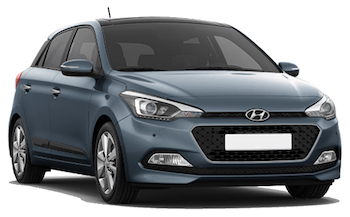
-
Keddy By Europcar From£ 16 /day -
Budget From£ 46 /day -
Europcar From£ 64 /day
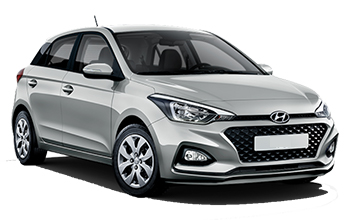
-
Keddy By Europcar From£ 25 /day -
Europcar From£ 76 /day
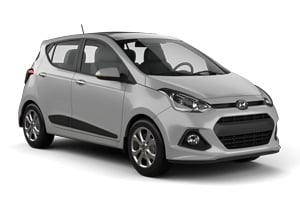
-
Europcar From£ 60 /day
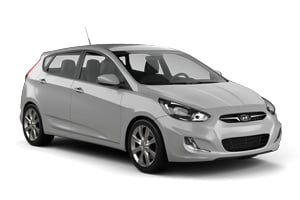
-
Budget From£ 61 /day -
Avis From£ 90 /day

-
Europcar From£ 65 /day
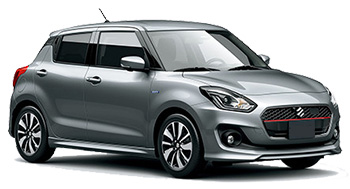
-
Europcar From£ 77 /day
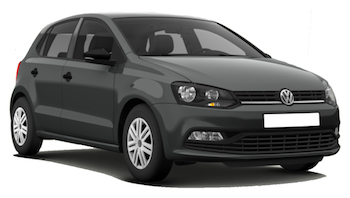
-
Europcar From£ 83 /day

-
Europcar From£ 78 /day

-
Europcar From£ 91 /day
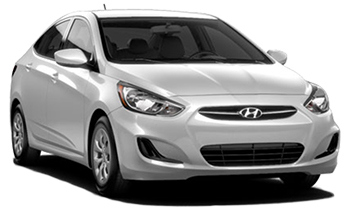
-
Budget From£ 65 /day
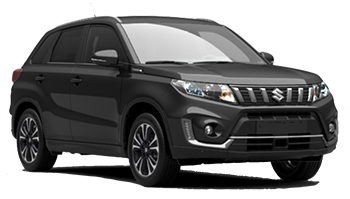
-
Europcar From£ 89 /day
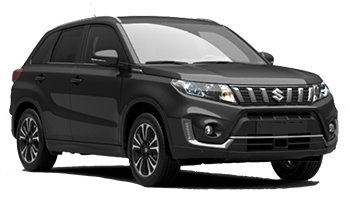
-
Europcar From£ 98 /day

-
Europcar From£ 89 /day

-
Europcar From£ 94 /day
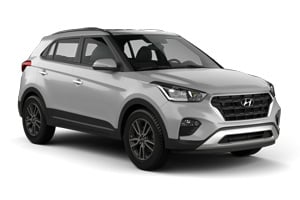
-
Europcar From£ 113 /day -
Avis From£ 153 /day

-
Europcar From£ 78 /day

-
Europcar From£ 83 /day
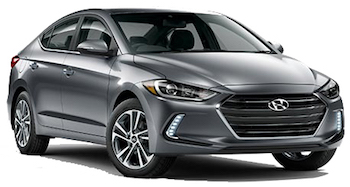
-
Avis From£ 118 /day
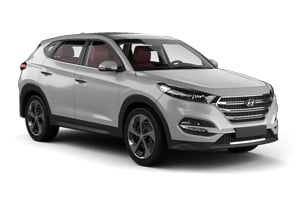
-
Europcar From£ 168 /day

-
Avis From£ 168 /day

-
Avis From£ 183 /day -
Europcar From£ 221 /day
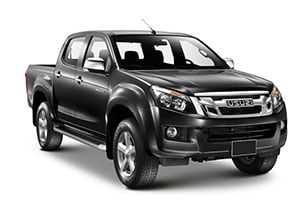
-
Europcar From£ 94 /day -
Keddy By Europcar From£ 157 /day

-
Europcar From£ 98 /day -
Keddy By Europcar From£ 161 /day
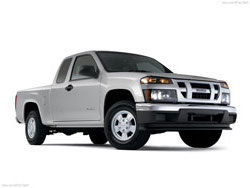
-
Europcar From£ 116 /day
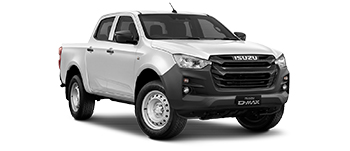
-
Europcar From£ 168 /day
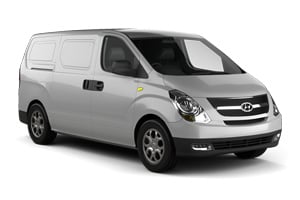
-
Europcar From£ 180 /day
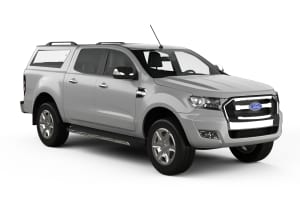
-
Europcar From£ 190 /day
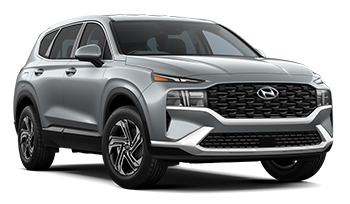
-
Europcar From£ 209 /day
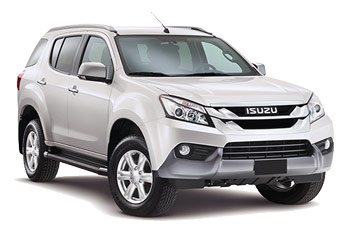
-
Europcar From£ 209 /day
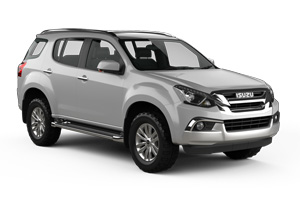
-
Europcar From£ 182 /day

-
Europcar From£ 185 /day
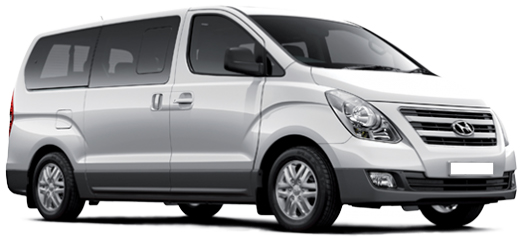
-
Europcar From£ 180 /day

-
Europcar From£ 78 /day

-
Europcar From£ 83 /day

-
Europcar From£ 89 /day

-
Europcar From£ 113 /day -
Keddy By Europcar From£ 128 /day -
Avis From£ 153 /day

-
Keddy By Europcar From£ 132 /day

-
Europcar From£ 168 /day

-
Europcar From£ 185 /day

-
Europcar From£ 168 /day

-
Europcar From£ 182 /day

When to book a rental car in Zimbabwe
Zimbabwe - When is the most affordable time to rent a mini class car?
At this destination (Zimbabwe), November is the most affordable time to rent a mini class car with an average daily rate of
Zimbabwe - When is the most affordable time to rent a economy class car?
At this destination (Zimbabwe), June is the most affordable time to rent a economy class car with an average daily rate of
Zimbabwe - When is the most affordable time to rent a compact class car?
At this destination (Zimbabwe), April is the most affordable time to rent a compact class car with an average daily rate of
Zimbabwe - When is the most affordable time to rent an intermediate class car?
At this destination (Zimbabwe), April is the most affordable time to rent a intermediate class car with an average daily rate of
Zimbabwe - When is the most affordable time to rent a standard class car?
At this destination (Zimbabwe), July is the most affordable time to rent a standard class car with an average daily rate of
Zimbabwe - When is the most affordable time to rent a full-size car?
At this destination (Zimbabwe), June is the most affordable time to rent a full-size class car with an average daily rate of
Zimbabwe - When is the most affordable time to rent a luxury car?
At this destination (Zimbabwe), March is the most affordable time to rent a luxury class car with an average daily rate of
Zimbabwe - When is the most affordable time to rent a SUV?
At this destination (Zimbabwe), March is the most affordable time to rent an SUV with an average daily rate of
Zimbabwe - When is the most affordable time to rent a MPV?
At this destination (Zimbabwe), January is the most affordable time to rent an mpv with an average daily rate of
Zimbabwe - When is the most affordable time to rent a minivan?
At this destination (Zimbabwe), July is the most affordable time to rent a minibus with an average daily rate of
Car rental locations in Zimbabwe
Carrentals.co.uk compares rental car prices at the following destinations

Zimbabwe Guide
Zimbabwe is best explored by rental car. Carrentals.co.uk has over 3 pick-up locations in Zimbabwe. This means there is always a pick-up location close to your destination.
Most popular car hire locations in Zimbabwe
Driving
If natural landscapes were the name of the game, then the landlocked country in Southern Africa, that is Zimbabwe, would have won many times over. Like its neighbour Zambia to the north, Zimbabwe has the spectacular Victoria Falls as its top tourist attraction. Another great place to see by car is the site of the Great Kingdom of Zimbabwe. The ruins here date as far back as the 11th century.
Driving Tips for Zimbabwe
Although there exists an extensive network of paved roads connecting the main cities and towns, driving can still prove hazardous due to abandoned heavy goods vehicles, potholes, cyclists without lights, stray livestock and pedestrians. Traffic lights are not always functional. Driving at night is not recommended as most roads are poorly lit and not well marked.
Driving licences: a full UK driving licence is valid in Zimbabwe for 90 days while an International Driving Permit is valid for one year.
Which side does Zimbabwe drive on: the left.
Speed limits:
Motorways: 50mph (80kph) to 75mph (120kph)
Built-up areas: 37mph (60kph)
Alcohol limits: the same as the UK limit of 0.08 per cent.
Driving age: 16 years.
Seatbelts: it is obligatory for drivers to wear seatbelts. There is no law requiring small children to be placed in a suitable car seat.
Mobile phones and GPS: mobile phone use is illegal while driving with the exception of phones used with a hands-free kit. GPS can be used here.
Cost of fuel in Zimbabwe: about the same price as in the UK, but can be more expensive depending on availability and location.
Car hire and fuel payment: most, if not all, petrol stations in the country can only take cash. Credit cards can be used for car hire.
Insurance: must be purchased with car hire, with excess insurance recommended.
Traffic and parking: parking in designated parking areas or at hotels is strongly advised, especially at night as there have been many recorded incidents of car robberies. Traffic congestion can be an issue in the main cities.
Transport
Trains
The railway network is run by the National Railways of Zimbabwe. The system is poorly maintained and underdeveloped. One popular route takes passengers from the second largest city, Bulawayo, north to Victoria Falls, with services currently running daily. The overnight ride takes 14 hours and the first-class sleeper fare is £7.50 with an option to add bedding for £2.50. Another route connects the capital, Harare, to the gateway city of Zimbabwe's eastern region, Mutare. Trains leave Harare at night and arrive in Mutare at dawn. A first-class sleeper costs around £4.50.
Taxis
Taxis are available in the major destinations, namely Harare, Bulawayo and Victoria Falls. City Cab is one of the more reliable and most recommended operators. There are also minibuses which function as taxis within the main cities and towns. They are cheap by European standards though not the safest and most reliable choice. A cab fare in Harare begins at around £1, increasing by £1.25 per kilometre (0.6 mile).
Buses
Standard buses for travel between the main cities and towns are not recommended as they are often overcrowded, poorly maintained and at times, dangerous. Bus drivers, who are often fatigued, frequently ignore traffic rules and regulations, including speed limits. The exceptions to the rule are the luxury buses, available for tourist use, and the buses which run internationally to Johannesburg in South Africa (fare: £45) and Lusaka in Zambia (fare: £15). Domestic bus services leave from Mbare Musika Bus Terminal, located in south Harare.
Ferries
Zimbabwe is a landlocked country and the only boat transport available is in the form of ferries which run to and from ports along the banks of Lake Kariba, namely Kariba, Binga and Mlibizi. The lake forms Zimbabwe's northern border with Zambia and is a popular holiday destination for many Zimbabweans. Chartering a houseboat is a popular tourist activity on the lake. Charter costs can be expensive, however, ranging from £300 to above £600 per night depending on the level of luxury and amenities.
Airports
The largest airport in the country is Harare International Airport, which serves as the main gateway for flights coming in from nearby hubs such as Johannesburg in South Africa. Victoria Falls Airport is also a popular gateway serving the tourist trade to this popular attraction. British Airways has regular flights from Johannesburg while a number of charter airlines fly directly from Europe. Thompson Airways has direct flights from London-Gatwick.
Explore
Exploring Zimbabwe
South Africa's great travel experiences can be easily experienced in Zimbabwe. Perhaps the most popular of its tourist attractions is the spectacular Victoria Falls, a site it shares with its northern neighbour, Zambia. Massive amounts of water drop from a height of 350 feet into the Zambezi Gorge. The falls are a UNESCO World Heritage site.
Not far from Victoria Falls is Hwange National Park, which is the country's largest game reserve. The parklands here are the home of over 100 species of mammals, such as elephants and lions, as well as 400 species of birds.
Those looking to explore Zimbabwe's history may head to Great Zimbabwe, a site in Masvingo province in southeastern Zimbabwe that contains the ruins of the Great Kingdom of Zimbabwe. Here, visitors will find spectacular large stone enclosures and fortifications dating as far back as the 11th century.
In the eastern highland regions, the country's mountain ranges provide scenic views of lush forests and rolling hills. Mountain trails, including those leading to the top of Mount Nyangani, Zimbabwe's highest mountain, await trekkers and climbers who head to this region.
Lake Kariba in the north is also a popular destination. Here, game watching can be done through safaris or aboard cruises and houseboats.
Weather
Zimbabwe's climate is tropical but tempered for the most part by altitude and its location within the African land mass. August to October is the warm and dry season, while November to March sees rains. April, May, August and September are the best months to visit. In the capital, Harare, temperature averages in January (rainy season) range from 16 to 26°C, while in August, they range from 8 to 23°C.
Practical information
-
CurrencyEuro, British pound, United States Dollar, South African rand, Chinese yuan, Japanese yen, Indian rupee, Botswana pula
-
Driving directionLeft
-
City speed limit60 km/h
-
Freeway speed limit80 km/h
-
LanguageEnglish, Shona, Northern Ndebele
-
Popular car categoryEconomy
What most people want to know
The following questions and answers are a selection of the most popular questions. If you do not find the answer to your question, have a look at the Frequently Asked Questions page or contact us.
- Budget
- Avis
- Europcar
- Hertz
- Keddy By Europcar